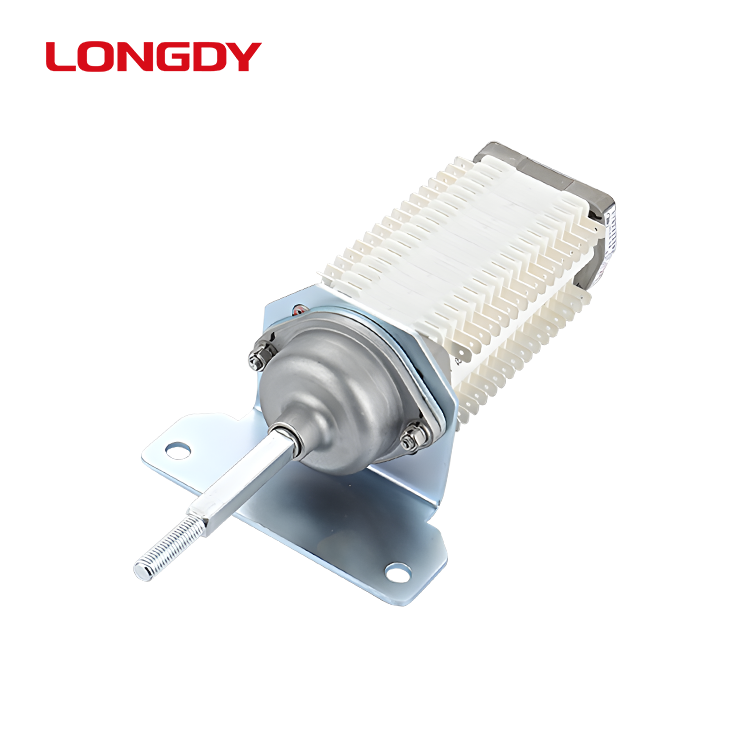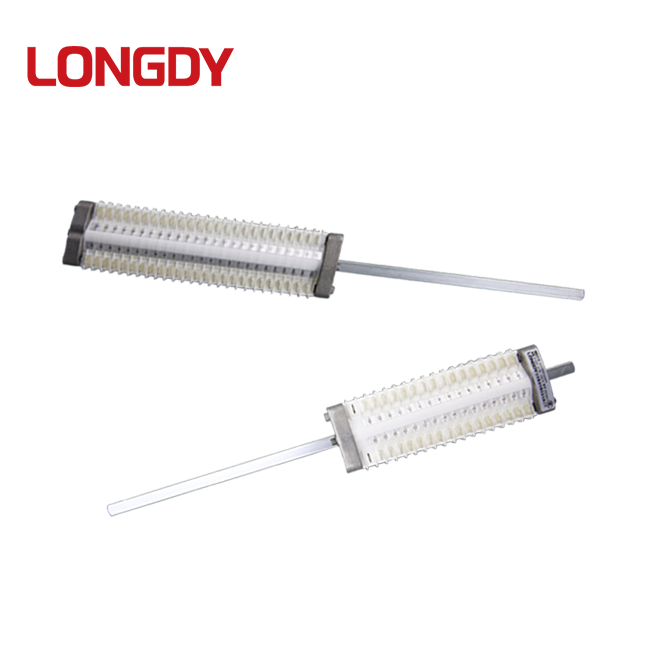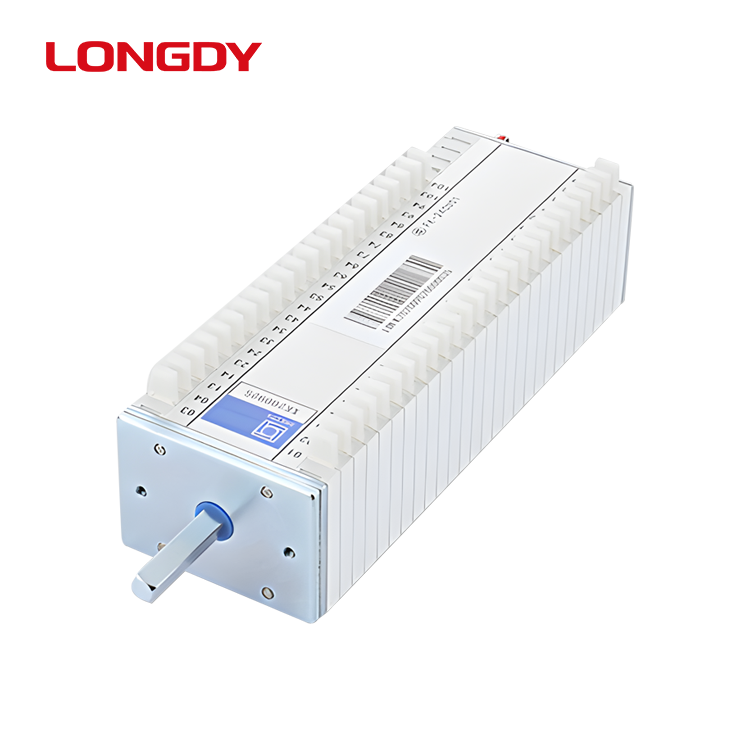

An all-encompassing guide to auxiliary switch wiring

There are various wiring methods for auxiliary switches, which are described in detail below.
1. Crimp wiring:
Crimp connection wiring is a common and stable connection method. For example, the products of Shenyang Longdy Electrical Equipment Co., Ltd. have a rated voltage of DC220V or AC220V, a rated current of 10A, and an agreed heating current of 15A. In crimping, need to ensure that the connection is firm to ensure good conductivity and stability.
2. Plug-in wiring mode:
For example: ten open and ten closed auxiliary switches, when plugging, pay attention to the matching degree of the plug and socket to ensure good contact. The plugging of the auxiliary contact of the air switch, the power cable should be connected to the upper part of the air switch, the load cable should be connected to the lower part, and the auxiliary contact should be connected to the left and right sides of the air switch, depending on the requirements of the circuit.
3. Series wiring:
Series wiring, the current only a path. Between the electrical interactions, a disconnect, the entire circuit is disconnected. For example, in some simple control circuits, multiple auxiliary switches are connected in series to realize a specific control logic.
4. Parallel connection:
Parallel wiring has multiple current paths, and the appliances do not affect each other. When connecting multiple switching power supplies in parallel, it is important to note that the power supply model must be the same, the length of the cable connected in parallel should be the same, the output of the switching power supply must be connected to the load separately, the output current is required to be equal, and the power supply output in parallel, it must be connected to the cable interface for protection.
Through actual cases and diagrams, we can more clearly understand the characteristics of these wiring and operation points. In the actual wiring operation, be sure to follow the safety standards to ensure the accuracy and reliability of the circuit connection.
II. Different scenarios of wiring options

In high-voltage equipment, such as high-voltage switchgear, the selection of auxiliary switch wiring needs to be extremely careful. Due to the high safety and stability requirements of high-voltage environments, crimp or plug-in wiring is usually used. The FH series auxiliary switches from SHENYANG LONGDY ELECTRICAL EQUIPMENT CO., LTD. are widely used in high-voltage equipment because of their flexible contact angle control and easy connection to the operating mechanism. Its wiring method should strictly follow the product manual and relevant standards to ensure that the rated voltage, current and other parameters are matched. At the same time, it is necessary to consider the environmental conditions, such as the surrounding ambient air temperature in -40 ℃ ~ +70 ℃, the altitude does not exceed 5000 meters, humidity, vibration acceleration, etc. to meet the requirements to protect the normal operation and service life of the auxiliary switch.
Precautions for wiring the auxiliary switch
1. Prevent short circuit:
In the process of auxiliary switch wiring, it is crucial to prevent short circuit. Always make sure that the wires are well insulated and avoid the bare metal parts from contacting each other. For example, in the narrow space such as circuit breaker agency box for wiring work, be more careful to prevent accidental contact with the wrong wiring leads to short circuit. Like a substation to replace the knife gate mechanism box auxiliary switch, due to operating space limitations, cable core wire joints are not securely wrapped, triggering the AC string into the low-voltage DC system resulting in a short circuit.
2. Ensure good contact:
Ensuring good contact of the auxiliary switch is the key. The wiring should be firmly connected to avoid false connections. In the case of the 110 kV Gantian substation in the Southern Power Grid region, the contacts could not be reliably contacted due to the loosening of the fixing nut of the auxiliary switch, which eventually caused a fault. So check after wiring to ensure that the contact is tight and reliable.
3. Follow safety norms:
Strictly follow the relevant safety norms and standards for wiring operations. For example, the wiring method and parameters should be determined in accordance with the product specification and relevant electrical codes, such as rated voltage, current, etc.. At the same time, for special environments, such as areas with high humidity, it is necessary to choose auxiliary switches with moisture-proof functions and ensure that the installation meets the requirements, so as to prevent water vapor from entering and causing short circuits or other malfunctions.
In short, in the auxiliary switch wiring, the attention and strict implementation of these precautions can effectively protect the safe and stable operation of the circuit and reduce the occurrence of failures. The future auxiliary switch wiring will continue to develop in the direction of intelligence, wireless, integration, self-adaptation and environmental protection, providing strong support for the efficient, stable and sustainable operation of the electrical system.

